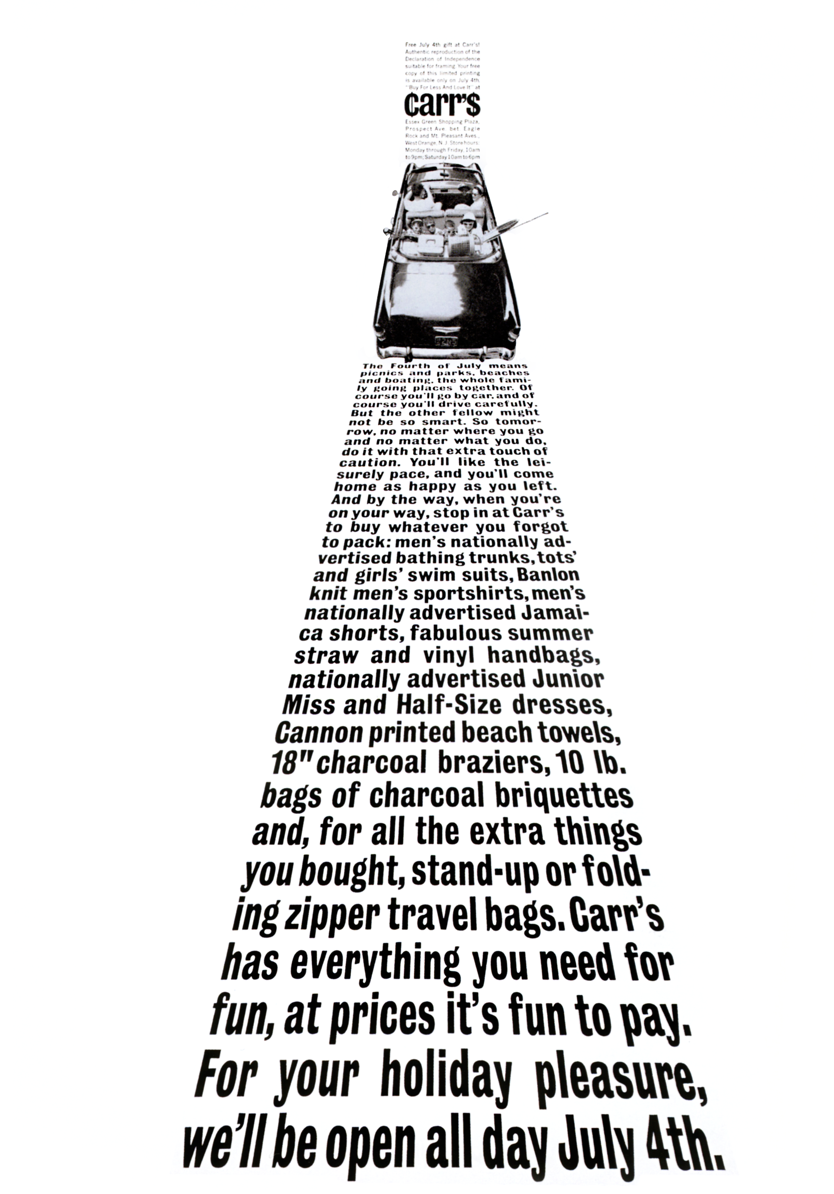The Cortina was produced in five generations, Mark I–V, although officially the last one was only a facelift of the Mark IV. From 1970, the Cortina was almost identical to the German-made Ford Taunus. The Cortina name was inspired by the Italian ski resort Cortina d’Ampezzo, site of the 1956 Winter Olympics. As a publicity stunt, several Cortinas were driven down the Cortina olympic bobsled run at the resort. Using the project name “Archbishop,” management at Ford in Dagenham created a family-sized car which they could sell in large numbers. The chief designer was Roy Brown Jr., the designer of the Edsel, who’d been sent to Dagenham following the failure of that car. The car was designed to be economical, cheap to run and easy and inexpensive to produce in Britain. Originally to be called Ford Consul 225, the car was launched as the Consul Cortina until a modest facelift in 1964, after which it was sold as the Cortina.
Ford Cortina was built by Ford of Britain from 1962–1983, and was the UK’s best-selling car in the 1970s.
